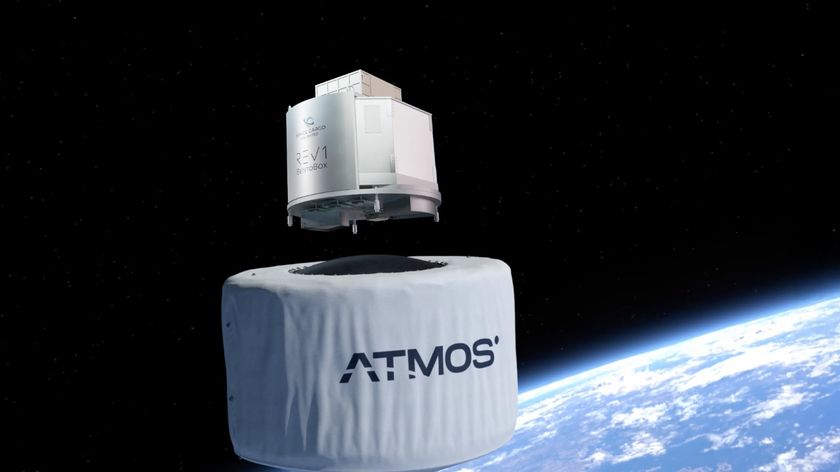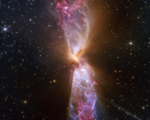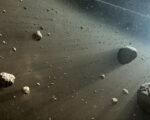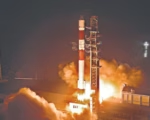Supercomputer Simulations to Advance Electric Propulsion for Spacecraft
The evolution of electric propulsion technology for spacecraft is set to reach new heights, thanks to advanced supercomputer simulations. Ion propulsion, known for its fuel efficiency, has become a key technology for deep-space missions. By using electric currents to ionize gases like xenon, these systems create thrust via a high-speed ion plume. However, while this method significantly reduces fuel requirements compared to traditional chemical rockets, it also presents unique technical challenges. One major issue is the impact of back-scattered electrons from the exhaust plume, which can degrade spacecraft components over time.
Understanding Ion Plume Behavior
Recent research published in Plasma Sources Science and Technology by scientists Chen Cui from the University of Virginia and Joseph Wang from the University of Southern California has provided new insights into ion plume behavior. As reported by Space.com, their study used supercomputer simulations to analyze how electrons interact within an ion engine’s exhaust. The research focused on the thermodynamic properties of these particles, revealing that core electrons—moving at high velocities—maintain a stable temperature, while electrons at the outer edges of the plume lose energy more rapidly and pose a risk of colliding with spacecraft surfaces.
Challenges in Electric Propulsion
One of the most pressing issues in electric propulsion is the potential damage caused by back-scattered electrons. These electrons can strike sensitive spacecraft components, such as solar panels and communication antennas, leading to long-term wear and reduced operational efficiency. Since many upcoming space missions are expected to rely on ion propulsion for extended durations, ensuring that spacecraft can withstand prolonged exposure to these effects is a major engineering challenge.
The Future of Ion Engine Technology
By leveraging these findings, researchers and engineers can develop strategies to mitigate electron back-scattering in ion thrusters. Possible solutions include refining the structure of the ion plume or implementing stronger confinement techniques to keep electrons within the propulsion beam. These advancements could lead to more durable and efficient propulsion systems, allowing spacecraft to undertake longer missions with greater reliability. As electric propulsion continues to evolve, it is poised to play an increasingly crucial role in humanity’s push into deep space.


















